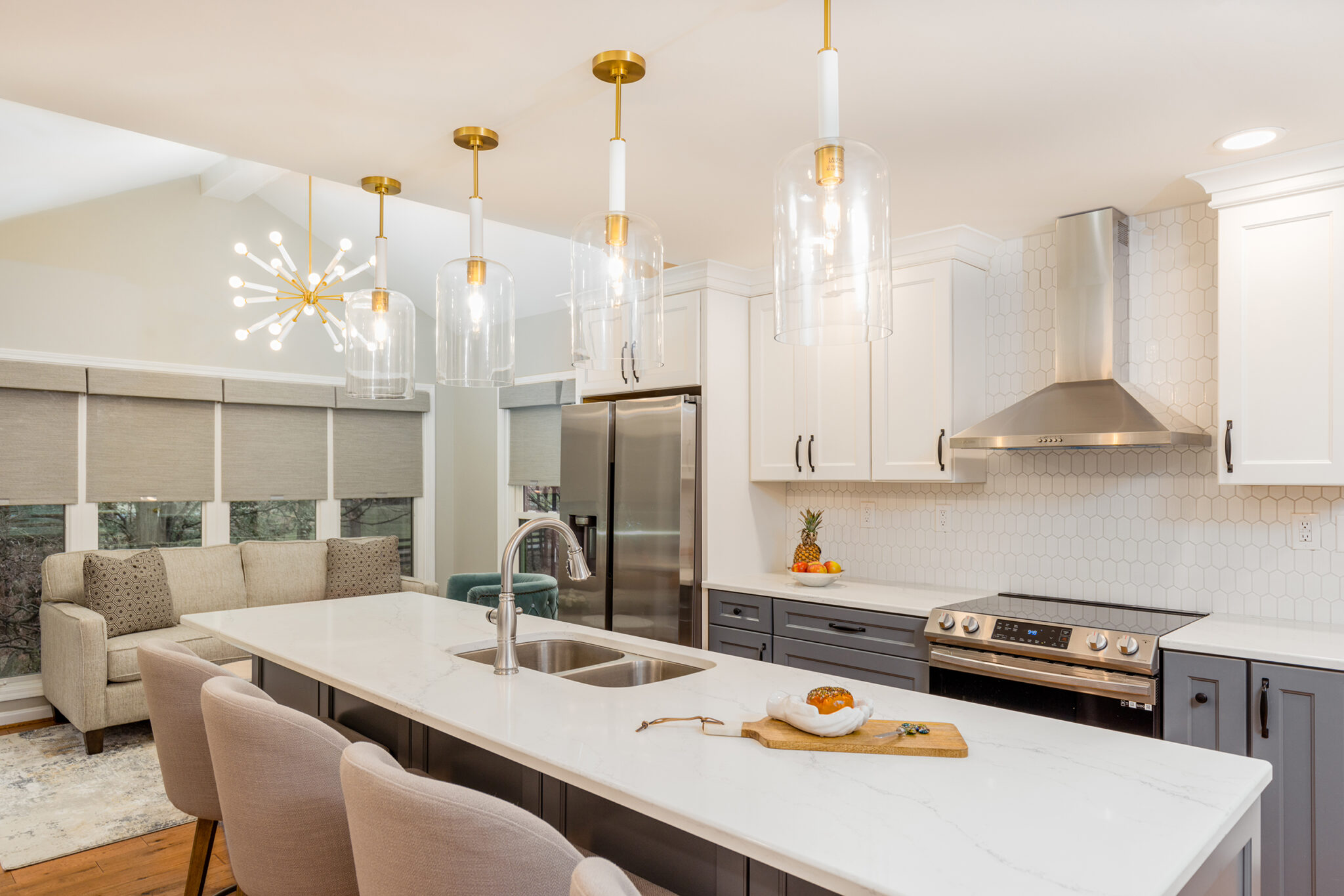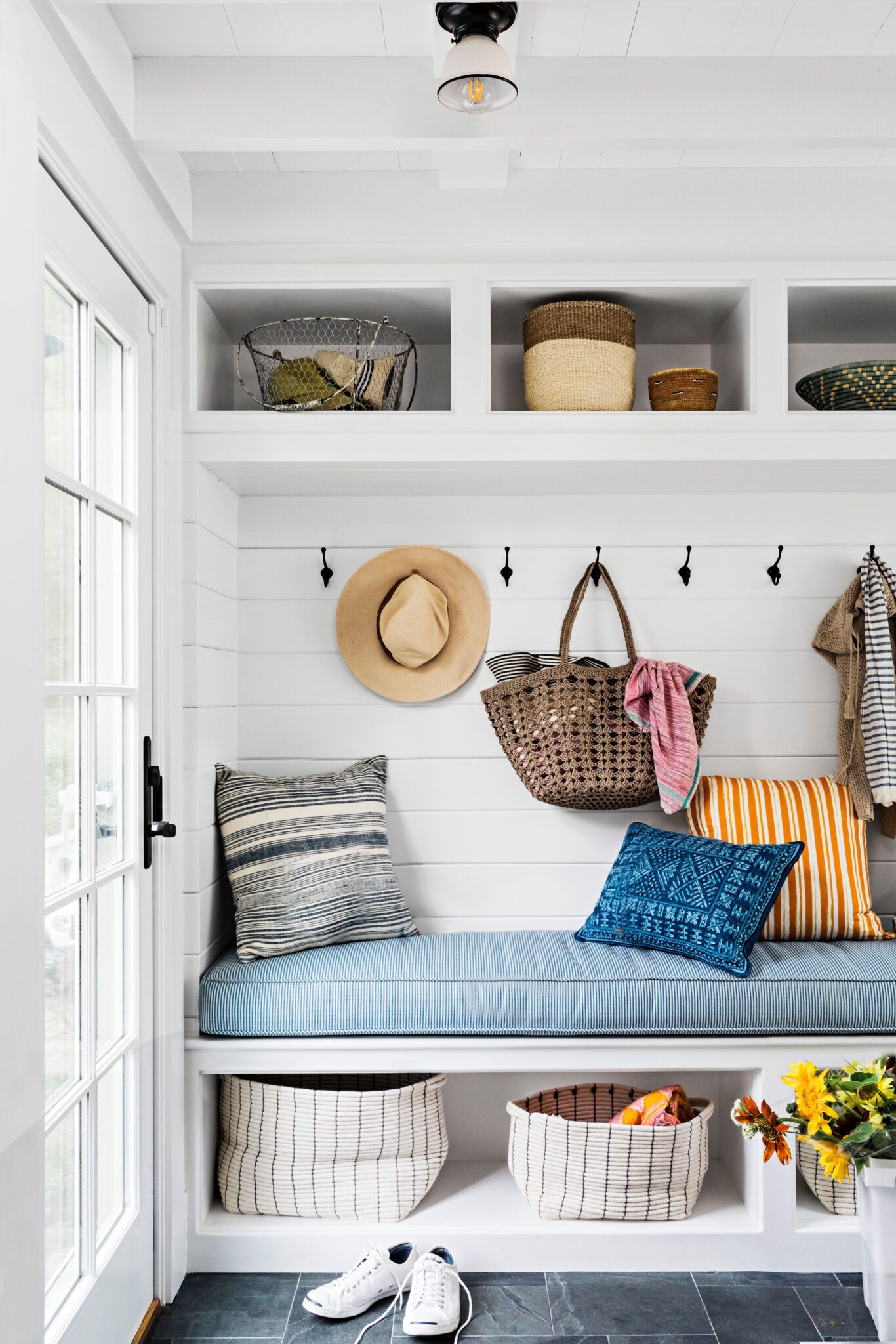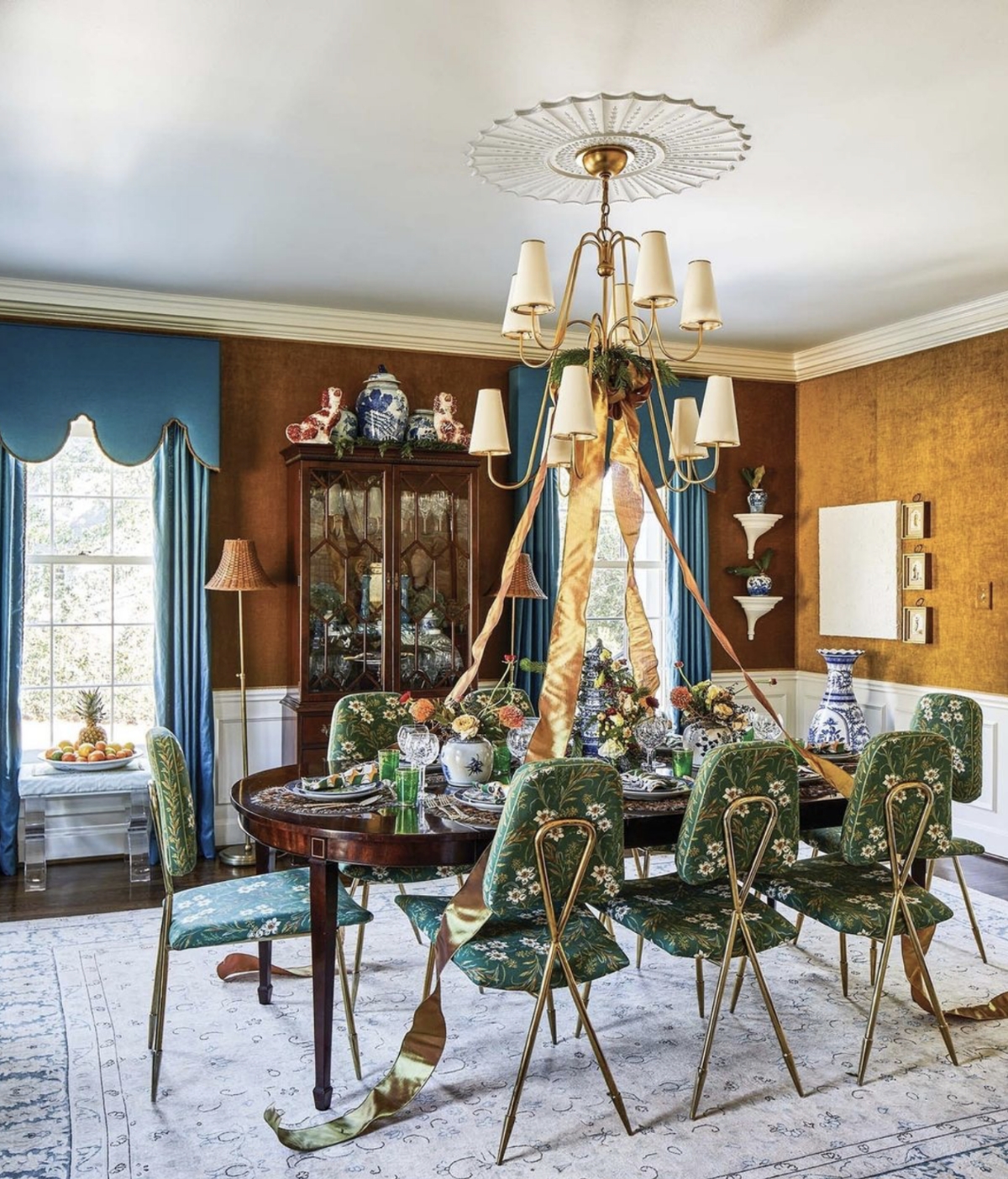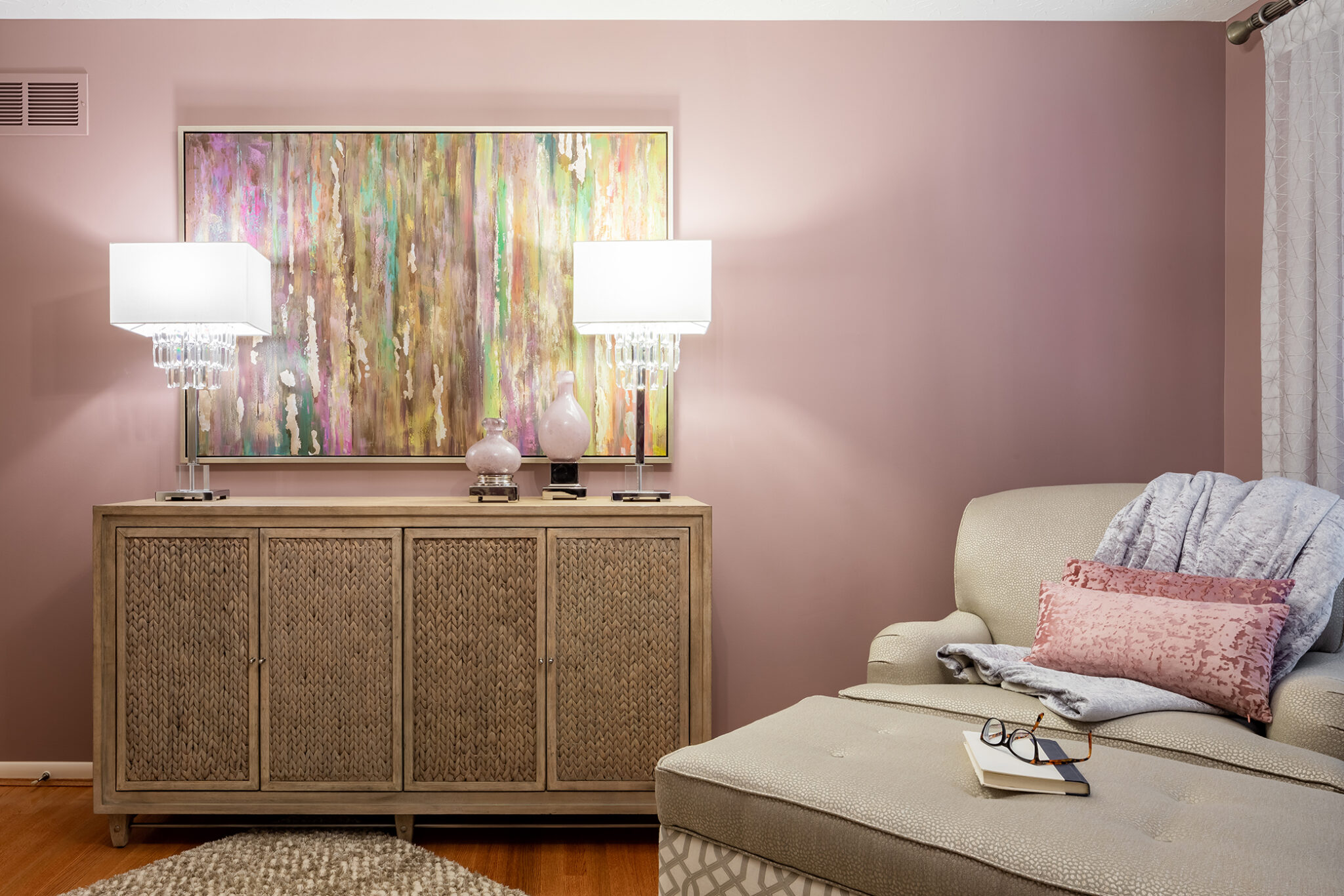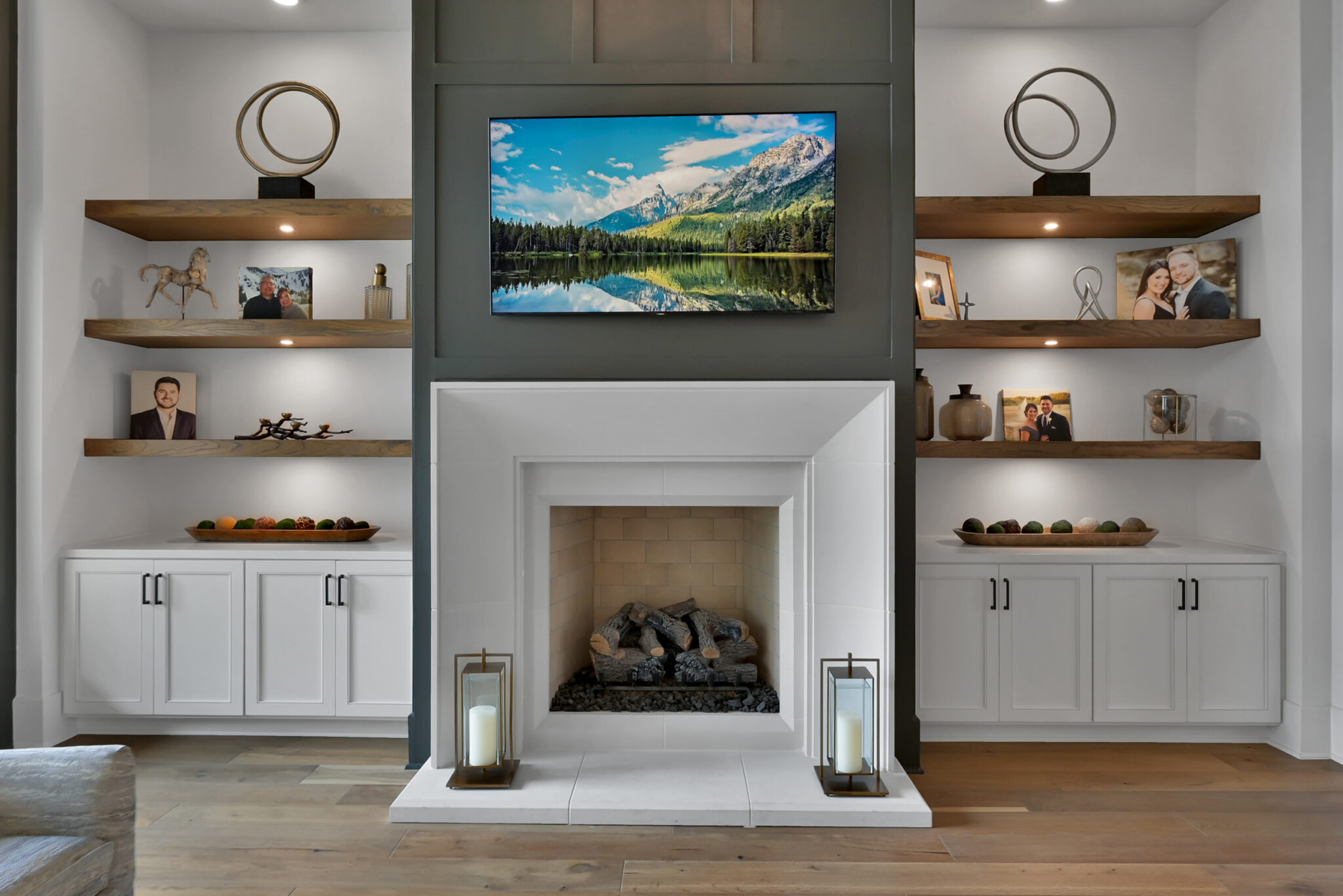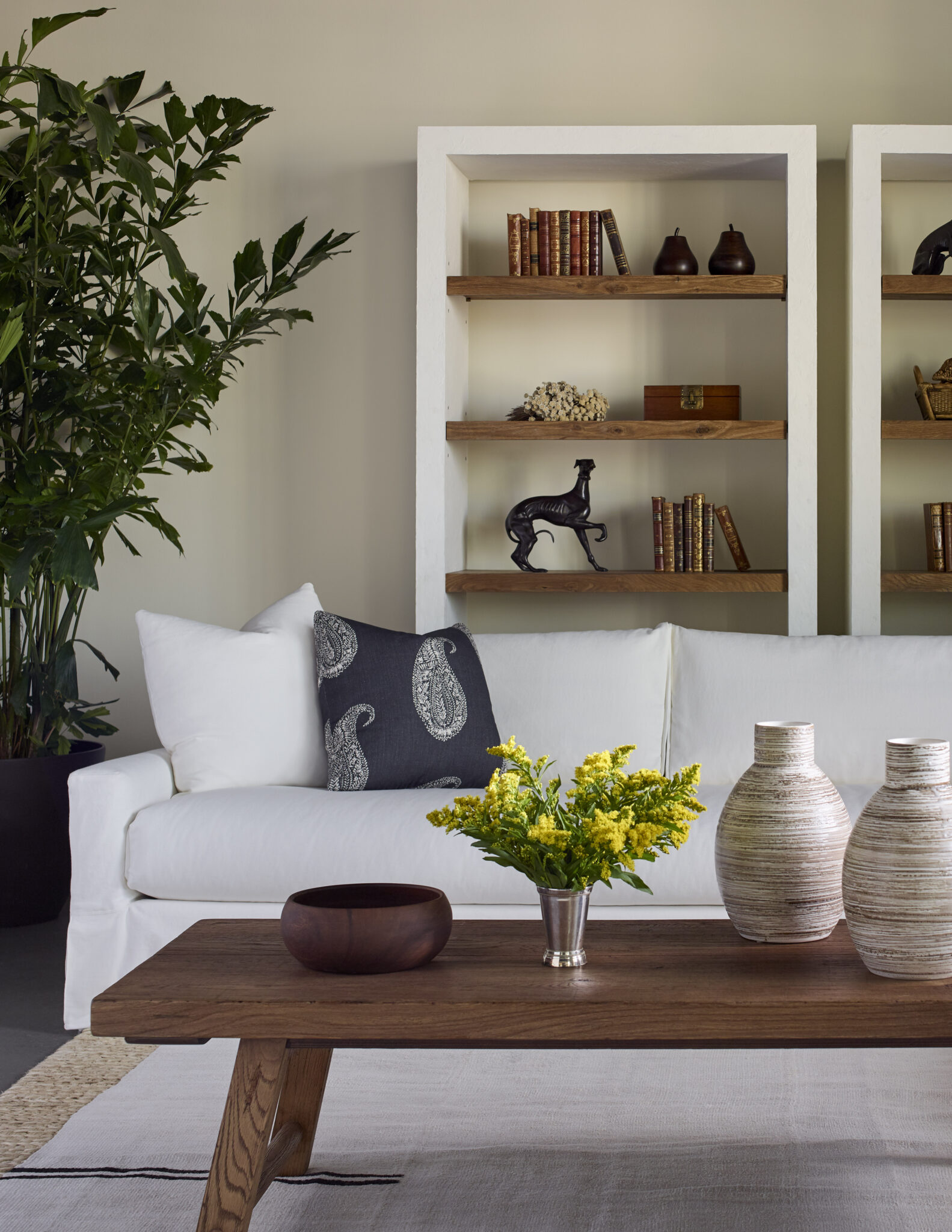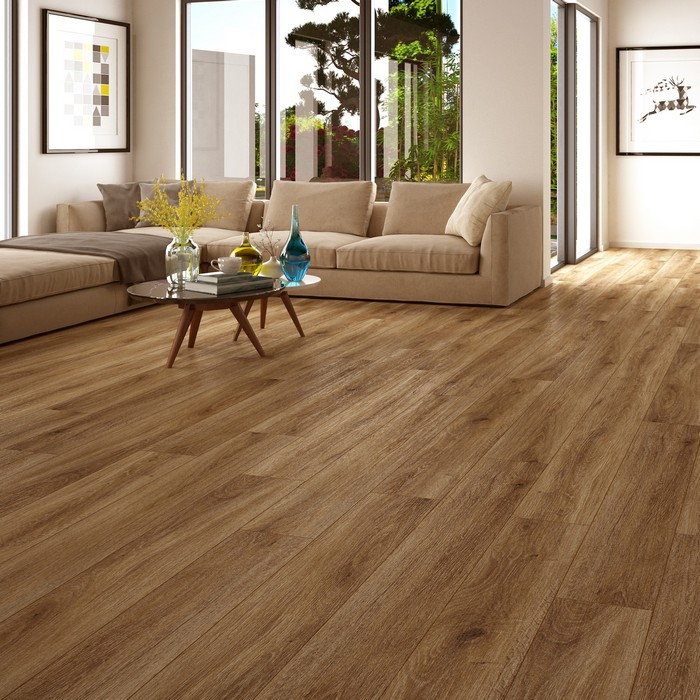- Mixing metals adds depth and sophistication to interior design. Stick to two or three types and strategically place them for balance and harmony.
- Understanding metal undertones and finishes is crucial for successful blends. Lighting also plays a significant role in how metals appear in a space.
- Choosing metals that fit your space’s style and avoiding similar colors can help create a cohesive look. Avoid mixing warm and cool-toned metals in the same area.
Metal Mixing Mastery: A New Dimension in Interior Design
Welcome to a fresh perspective on interior design. Today’s focus? Mixing metals. A forward leap from traditional single-metal aesthetics, blending metals results in a rich, nuanced ambiance. It’s all about creating a personalized look that screams character.
Stainless steel kitchen appliances or brass bathroom fixtures, metals add depth to a room. But combining metals? That’s a new level of sophistication. Don’t shy away from this relatively new concept. Embrace the metal mixing trend, and I promise, your space will thank you.
The path to successful metal mixing can seem daunting, but I’m here to guide you. We’ll delve into the fundamentals of blending metals, popular combinations, the role of color and texture, and how lighting affects metallic appearances. We’ll also navigate around common pitfalls on this journey. Remember, I’m just a click away for any advice or questions on this topic. Contact me at here. Now, let’s dive into the world of metal mixing!
Mastering the Art of Metal Mixing in Interior Design
Understanding the Basics
The initial step in mastering metal mixing is understanding the fundamental rules. Limiting your metal mix to two or three types is a crucial rule. This approach prevents your space from seeming cluttered or chaotic. You could, for example, pair gold, brass, and copper, or align silver, chrome, and nickel.
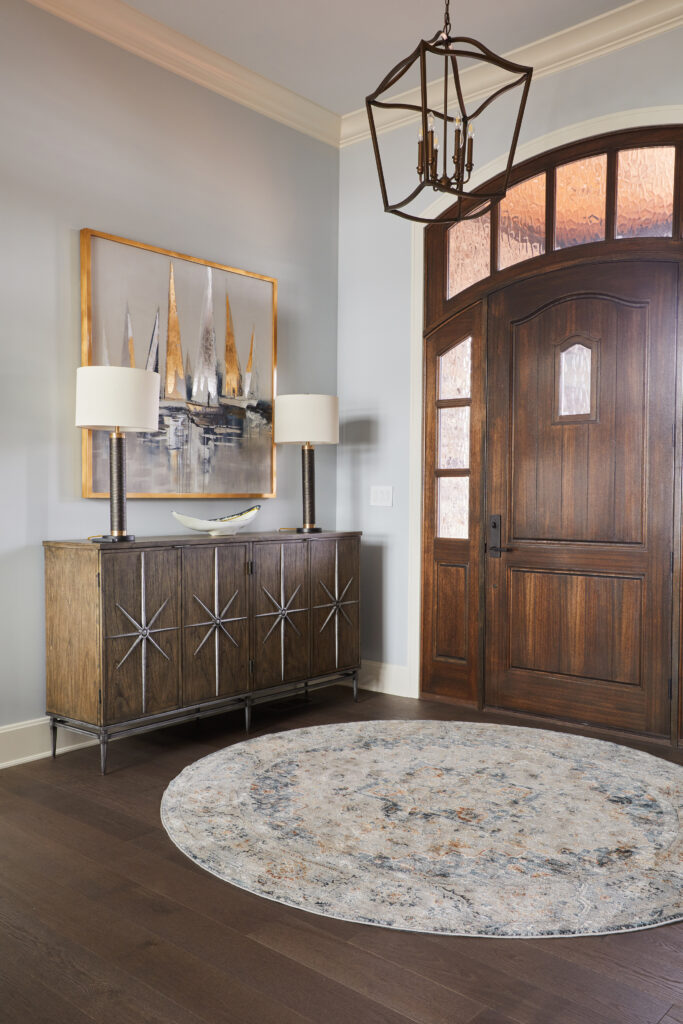 Rule of Dominance
Rule of Dominance
An essential rule in metal mixing is selecting one dominant metal. This metal should be your favorite, setting the tone for the remaining metals. The secondary metals will serve as accent pieces, enhancing and highlighting the main metal.
Establishing Balance and Harmony
Evenly distributing metals throughout the space is key. This strategy instills a sense of balance and harmony. Concentrating one metal in one area and another metal in a different area is a pitfall you should avoid.
Strategic Placement
Strategic placement of metals can make a significant impact. Diversifying the locations of different metals can create a dynamic, visually appealing space. Consistency in design is important, but a little variation can bring life to your design.
Transitioning to the Next Section
Now that you’ve grasped the concept of mixing metals, we’ll delve into the next crucial topic. The upcoming section will explore the art of integrating color into your interior design. A well-considered color palette can perfectly complement your chosen metals, creating a truly captivating space.
Mixing Metals in Interior Design: Creating a Harmonious Blend
Classic Combo: Gold and Silver
Gold and silver stand out as a timeless metal combination. Gold, with its warm tones, marries the cool tones of silver beautifully. This pairing results in a balanced, sophisticated look that never falls out of fashion. These two metals complement each other and offer a versatile color palette.
Modern Mix: Copper and Stainless Steel
Copper and stainless steel combination is another popular choice. Copper infuses a warm, earthy touch into any space. On the other hand, stainless steel brings a sleek, modern vibe. Together, they strike a perfect balance of contrast. They also add depth and dimension to the room.
 Trendy Fusion: Brass and Black Metal
Trendy Fusion: Brass and Black Metal
The mix of brass and black metal is a trendy pick among homeowners. Brass, with its shiny, glamorous look, is beautifully offset by the edgy, industrial feel of black metal. The result is a dramatic yet elegant look that can transform any space.
Mixing Metals: The Rule of Thumb
When mixing metals, the rule of thumb is to pick one dominant metal and one or two accent metals. This approach ensures a cohesive look. It also prevents your design from becoming too chaotic or overdone.
Consider Room’s Color Palette
Lastly, consider the room’s color palette when mixing metals. Ensure the chosen metals complement the colors in the room. The right blend of metals can enhance the overall aesthetic and create a visually appealing space.
Stay tuned for more intriguing insights in the world of interior design.
Mastering the Mix of Metals in Interior Design
 Understanding Metal Undertones
Understanding Metal Undertones
The color of metals plays a crucial role in interior design. It’s essential to understand that all metals are neutral, making them compatible with any color scheme. Yet, the undertones of the metals make a difference. Gold, brass, and copper, for instance, possess warm undertones. These warm metals contribute to a cozy and inviting atmosphere.
Cool Undertones
On the other hand, silver, nickel, and chrome carry cool undertones. These metals can create a sleek, modern vibe in your space. The key to successful metal mixing lies in understanding these undertones and using them to enhance the overall design.
Textures and Finishes
Texture also significantly impacts the aesthetics of mixed metals in interior design. Different finishes can create diverse effects, adding to the visual interest and depth of your space. For example, a polished finish on a metal piece creates a shiny, reflective surface.
Brushed Finishes
In contrast, a brushed finish offers a duller, more diffuse reflection. This finish can help balance out the brightness of polished metals and add an unexpected element to your design.
Transitioning with Mixed Metals
As we move to the next section, remember that mixing metals in interior design is not just about color and texture. It’s about creating a harmonious, visually appealing space that reflects your personal style. In the next section, we’ll discuss how you can successfully integrate mixed metals into different design styles.
Enlightening Insights on Mixing Metals in Interior Design
 The Influence of Lighting
The Influence of Lighting
Lighting wields significant power over the appearance of mixed metals. Natural light, in particular, can amplify metals’ allure, causing them to shimmer and sparkle. On the other hand, artificial light has the potential to distort the color and look of metals. Therefore, it’s crucial to factor in the types of light interacting with your choice of metals when planning your design.
Reflectivity of Metals
Let’s not forget that metals serve as reflective surfaces. They possess the ability to bounce back light and color from their surroundings. This characteristic can either enhance the overall look or detract from it, depending on the positioning of metals.
Strategic Placement of Metals
The challenge lies in the strategic placement of metals. Thoughtful positioning can result in a harmonious blend of reflected light and color, enhancing the overall aesthetic. Conversely, poor placement can create a jarring effect, disturbing the balance of the interior design.
Harmony and Balance
The ultimate goal in mixing metals is achieving a harmonious balance. This balance comes from careful consideration of light sources, reflectivity, and strategic placement of metals. It’s a delicate dance that, when done correctly, can result in a stunning interior design.
Transitioning to the Next Stage
Now that we’ve shed some light on the intricate relationship between light, reflectivity, and the placement of metals, we can move forward. The next section will delve into the art of mixing different types of metals for a cohesive design. It’s time to take the knowledge gained here and apply it to the practical aspects of interior design.
Mastering the Art of Mixing Metals in Interior Design
Understanding the Balancing Act
Knowing how to mix metals adds depth and interest to your space. A common error involves using too many different metals. This often leads to a chaotic and disjointed aesthetic. Aim to use two or three different metals to achieve a cohesive look.
 Contextualizing Metals to Your Space
Contextualizing Metals to Your Space
Another crucial aspect to consider is the style of your space. Each metal has its own personality that can enhance specific styles. For example, brass and gold radiate elegance and sophistication, making them ideal for a glam or traditional style. On the other hand, stainless steel and chrome bring a sleek and modern touch, fitting perfectly in a modern or industrial style setting.
Color Differentiation in Metals
The color of your chosen metals also plays a crucial role. Avoid using metals that have similar colors as it can muddle the aesthetic. It might become difficult to distinguish between the different metals, leading to a lackluster look.
Mixing Metals: The Do’s and Don’ts
Avoid randomly adding metal pieces to your space. You should strategically place them to create balance and harmony. Also, refrain from mixing warm and cool-toned metals in the same space. It can confuse the overall style and look of the room.
Embrace the Metallic Mix
Embracing the metallic mix in your home design can breathe new life into your space. It’s a bold move that catapults you from the realm of traditional design. Contact me for a free consultation. We’ll explore this exciting design trend together.
Remember, there are no hard and fast rules when it comes to interior design. If mixing metals brings you joy, go for it! Sign up for my newsletter for more design insights. Happy designing!

